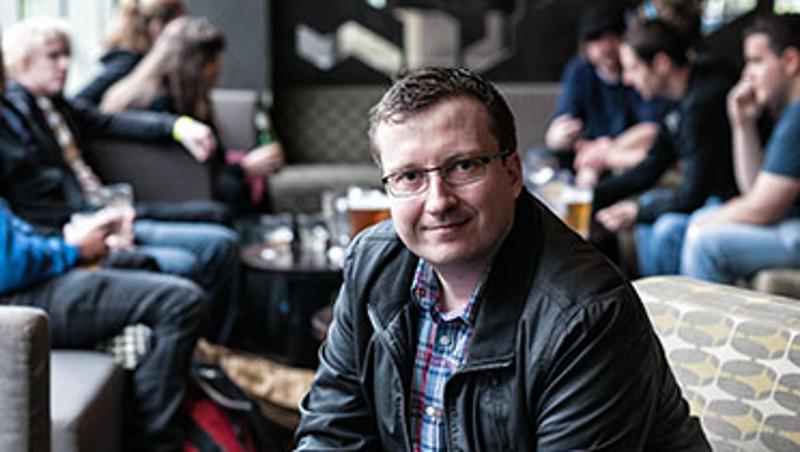
Friends can be a dangerous influence, with new QUT research confirming what many drinkers already know - that drinking with mates can push you to drink more.
Dr Ryan McAndrew, from QUT's Business School, said group dynamics played a big role in how much people drank when they were with their friends.
Dr McAndrew's research suggests that excessive alcohol consumption could be curbed by offering alternative settings in which people could achieve the same satisfaction that motivates risking drinking.
"Risky drinking by Australians is a serious problem that is estimated to cost society $36 billion a year, which is almost four-and-a-half times the cost of illicit drugs," Dr McAndrew said.
"Past research has found education on its own promotes awareness but not behaviour change, and legislative policies are limited, so we need to be taking an alternative approach to curbing this risky behaviour."
Dr McAndrew said by understanding the factors that influence group drinking, we could look at developing interventions and strategies to reduce over indulgence.
As part of his research, Dr McAndrew studied more than 250 drinkers aged 18-30.
"What we found is that when friends drink together their alcohol consumption can increase, with four main factors being responsible," he said.
"When friends drink socially, whether they know it or not, they drink more because they are mimicking their friends, they are conforming to their friends, they are winding down with their friends and they are enjoying the company of drinking with their friends."
He said the strongest predictor of alcohol consumption was copying or mimicking behaviour, followed by the desire to wind down, then enjoyment and conformity.
Dr McAndrew said the study also found the gender of the participant influenced alcohol consumption, with males on average drinking almost 25 standard drinks per week, double that of females who drank on average 11 standard drinks per week.
"When examining the effect of group gender composition, all girl groups drink for the same reasons as the all boy groups," he said.
"This is likely to be because traditional views around female intoxication have reduced, allowing mostly female groups to adopt similar drinking practices as mostly male groups."
Dr McAndrew said this research could now be used within a social marketing campaign to reduce risky drinking among younger adults.
"Social marketing moves beyond simply raising awareness, such as a general warning against the dangers of alcohol, and instead uses marketing techniques to motivate behavioural change towards a positive social goal," he said.
"For example, by understanding consumers' motives to drink, a program could be developed that competes with the 'big night out'. This program could offer an alternate choice in the marketplace that is currently lacking," he said.
"Maybe it's as simple as turning a night at the pub into a group sporting event where the same motivating factors are still in play.
"We are still copying our friends, conforming to our friends, winding down with our friends and enjoying the company of our friends, we are just doing that without the need for alcohol."
Dr McAndrew's study has been published here
Media contact:
Sandra Hutchinson, QUT Media (Tue, Wed), 07 3138 9449 or media@qut.edu.au
After hours, Rose Trapnell, 0407 585 901




